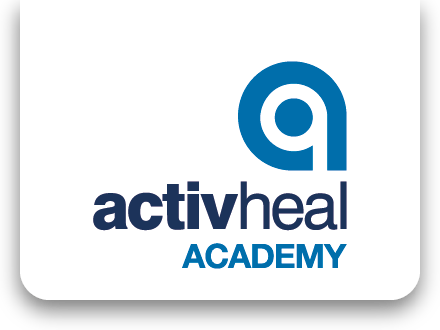Test Summary
0 of 15 Questions completed
Questions:
Information
You have already completed the test before. Hence you can not start it again.
Test is loading…
You must sign in or sign up to start the test.
You must first complete the following:
Results
Results
0 of 15 Questions answered correctly
Your time:
Time has elapsed
You have reached 0 of 0 point(s), (0)
Earned Point(s): 0 of 0, (0)
0 Essay(s) Pending (Possible Point(s): 0)
Categories
- Not categorized 0%
- 1
- 2
- 3
- 4
- 5
- 6
- 7
- 8
- 9
- 10
- 11
- 12
- 13
- 14
- 15
- Current
- Review
- Answered
- Correct
- Incorrect
-
Question 1 of 15
1. Question
10 point(s)Diabetes occurs when there is?
CorrectIncorrect -
Question 2 of 15
2. Question
10 point(s)What are the risk factors for developing diabetes mellitus (Type 2)?
Please select three.CorrectIncorrect -
Question 3 of 15
3. Question
10 point(s)What is neuropathy?
CorrectIncorrect -
Question 4 of 15
4. Question
10 point(s)What problems can autonomic neuropathy cause in the diabetic patient?
CorrectIncorrect -
Question 5 of 15
5. Question
10 point(s)What does neuro-ischaemia result from?
CorrectIncorrect -
Question 6 of 15
6. Question
10 point(s)What is the commonest site for a neuro-ischaemic diabetic ulcer?
CorrectIncorrect -
Question 7 of 15
7. Question
10 point(s)What are the classic signs of an ischaemic foot?
(Please select two from the following list.)CorrectIncorrect -
Question 8 of 15
8. Question
10 point(s)What problems can sensory neuropathy cause in the diabetic?
CorrectIncorrect -
Question 9 of 15
9. Question
10 point(s)What problems can motor neuropathy cause in the diabetic foot?
CorrectIncorrect -
Question 10 of 15
10. Question
10 point(s)What is the commonest site for a neuropathic diabetic ulcer?
CorrectIncorrect -
Question 11 of 15
11. Question
10 point(s)According to the Edmonds and Foster framework for managing diabetic feet, when does a diabetic foot reach stage 3?
CorrectIncorrect -
Question 12 of 15
12. Question
10 point(s)According to the Edmonds and Foster framework for managing diabetic feet, at what stage is a diabetic foot when it develops necrosis (gangrene)?
CorrectIncorrect -
Question 13 of 15
13. Question
10 point(s)What are the tests that can be used to determine sensory loss in neuropathy? (Please choose 3 answers)
CorrectIncorrect -
Question 14 of 15
14. Question
10 point(s)Which type of necrosis occurs in a neuro-ischaemic ulcer?
CorrectIncorrect -
Question 15 of 15
15. Question
10 point(s)Explain the differences and management between wet and dry necrosis.
-
This response will be awarded full points automatically, but it can be reviewed and adjusted after submission.
Grading can be reviewed and adjusted.Grading can be reviewed and adjusted.Hint
Answers should include:-
- Why wet necrosis occurs
- Why dry necrosis occurs
- Discuss management of the patients, including wound control
- Vascular control
- Mechanical control
- Metabolic control and educational
- Microbiological control
-
